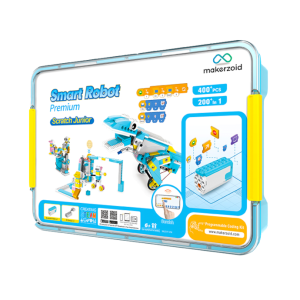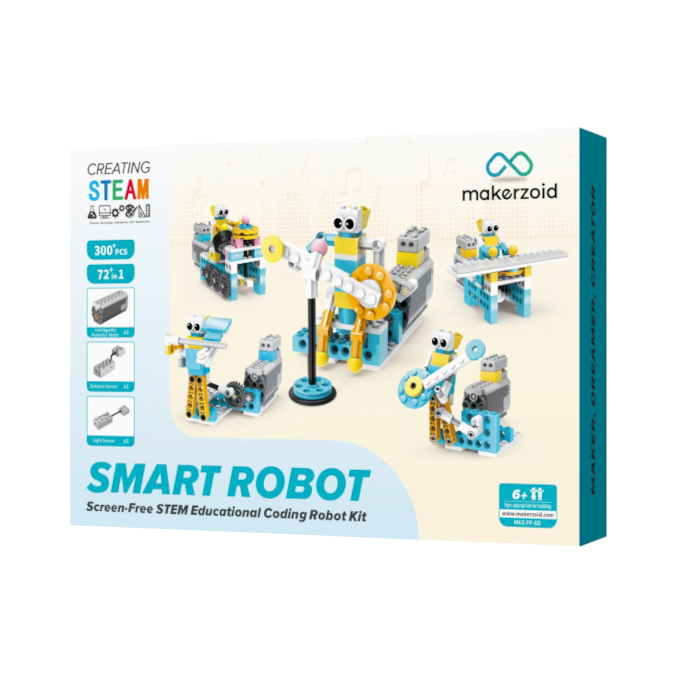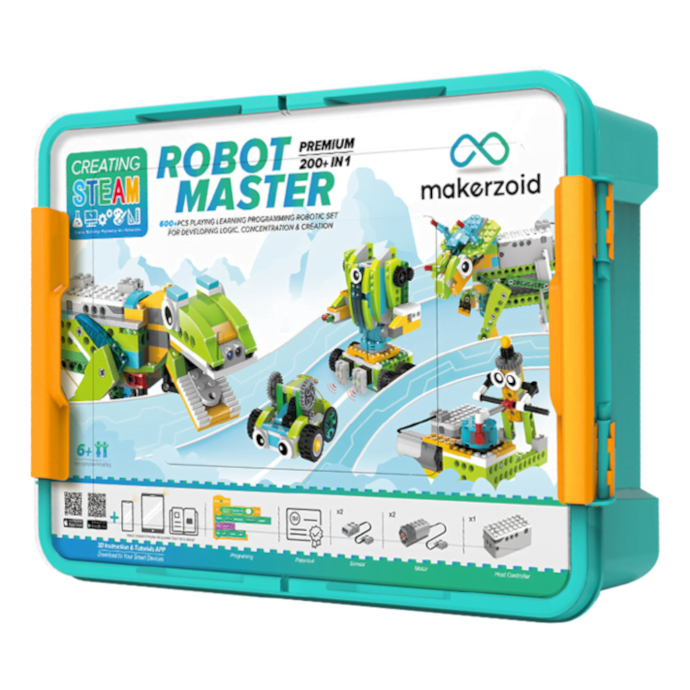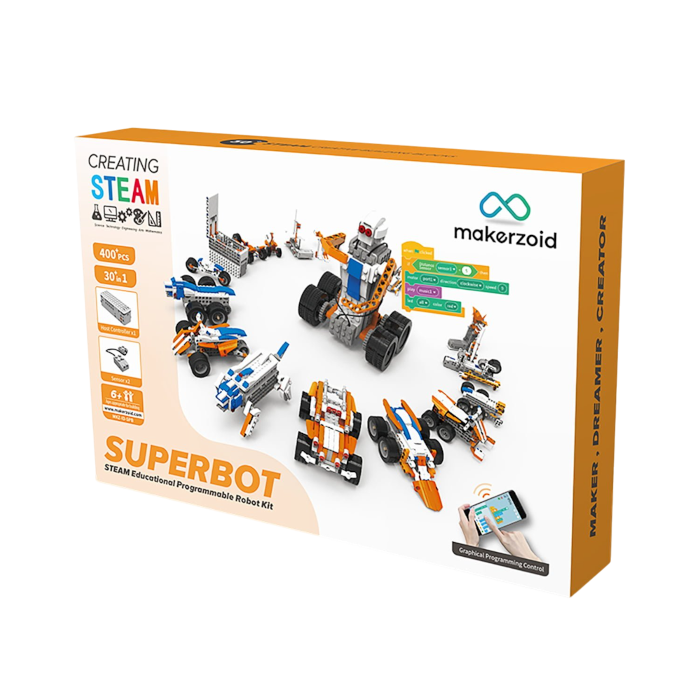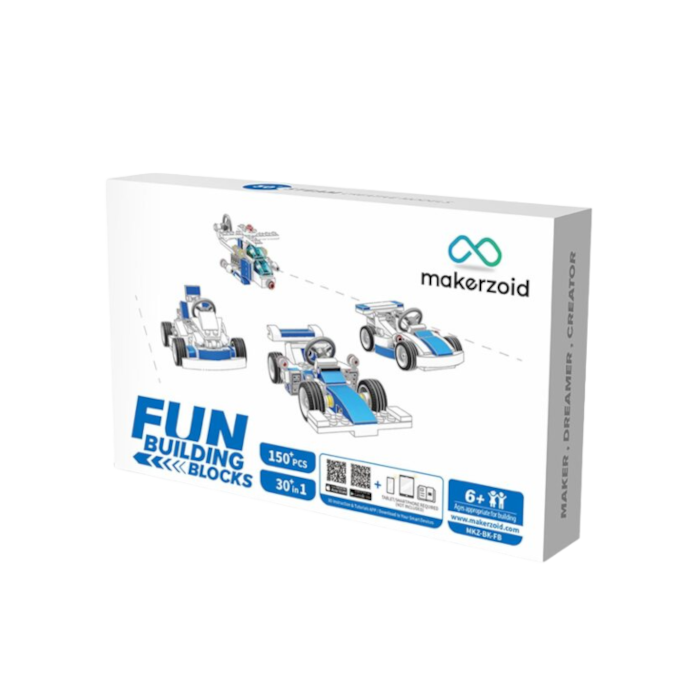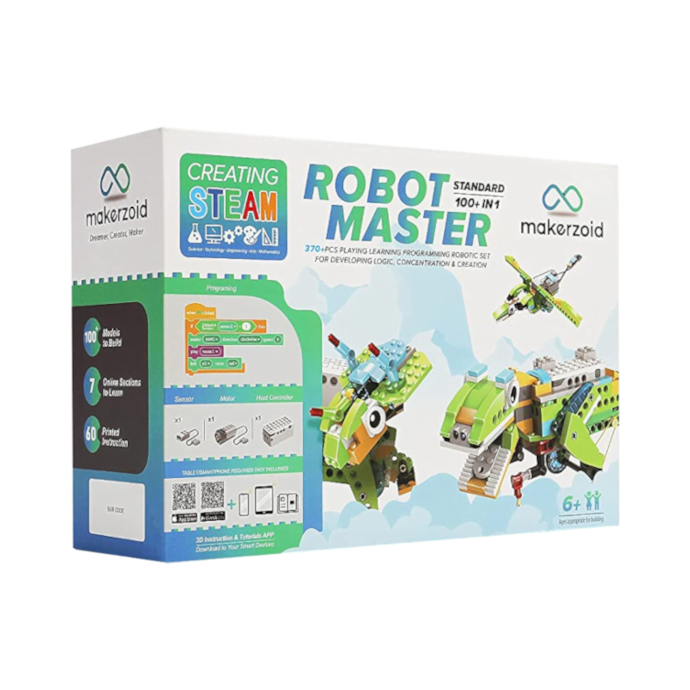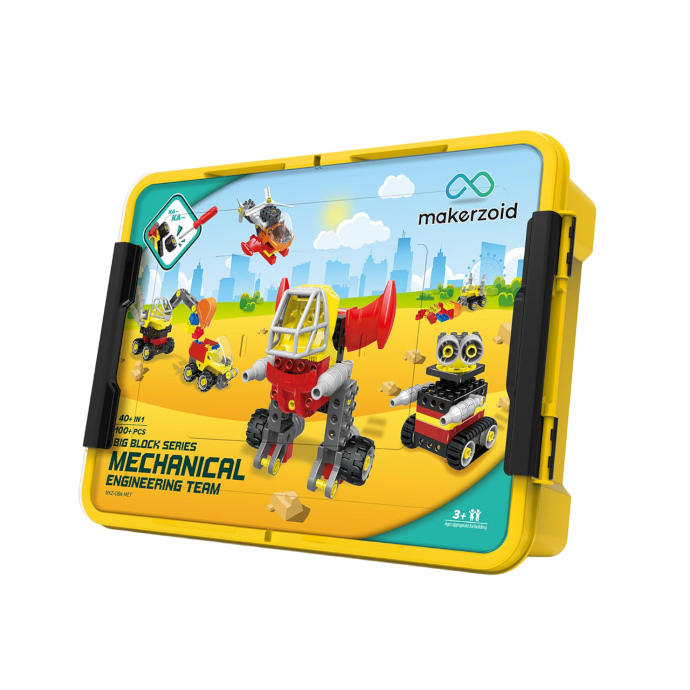What is STEM Education and Why is STEM learning Important for Kids? part 2
What is STEM Education and Why is STEM learning Important for Kids? part 1
- What Are The Challenges in Implementing Early STEM Learning in Schools?
- How Can We Begin STEM Learning for Kids at Home?
- Why Our Children’s Future Depends on STEM Education?
- Which Countries Are Seriously Implementing STEM Education?
What Are The Challenges in Implementing STEM Education for Kids in Schools?
Most schools start STEM based education at elementary level or later. And a lot of it is linked with robotics and coding. At this level, teachers are more equipped and trained to understand and boost this sort of education with older kids.
But at preprimary level, the education has not evolved from ages. One of the main challenges is that the teachers at this level are not trained or equipped to undertake this form of education.
STEM education is more of an enquiry-based approach wherein the kids learn through experiments and STEM activities. Kids are motivated to ask multiple questions to understand the concept deeply, hence making the session more communicative.
As per a study, most of the teachers are themselves not very comfortable with exploring practical ideas of teaching science or math in a cross curricular way. Consequently, it becomes difficult for them to take over this sort of education.
University of Chicago’s pilot project aimed at realizing the difficulty of the early childhood educators and helping them to get comfortable facilitating STEM Lessons.
Teachers need resources or training that could help them undertake STEM teaching and take up the questions of curious minds of that age group.
How Can Kids’ STEM Learning Happen at Home?
Kids spend more than 80% of their waking hours at home or in influence of their family and friends. Needless to say, it really matters how they spend this time qualitatively.
Parents have a major role to play in shaping their kids’ learning process. The best part is that the parents know their kid’s inherent skills, interest and motivational factors.
Home with its informal setting and a greater comfort level offers an exclusive time to dig deep into the concepts through STEM based hands-on learning.

Kids enjoy learning much more when their parents take equal interest and participate in the process. It makes them super confident and communicative, which boosts their metacognitive skills.
Quick tip: Introduce STEM education to your kids today with these STEM Activities, Games and Ideas. Learning is a fun-process and much more relevant, if taught the STEM way.
Why Our Children’s Future Depends on STEM Education?
If you rewind human evolution over the past 10,000 years, you will come to the conclusion all by yourself. It all started with hunting, gradually progressing to farming.
Post farming, we started scaling up the things, building up cities and trades and eventually getting into manufacturing, marking the beginning of Industrial Revolution.
It took us thousands of years to evolve from Hunting to Industrial Revolution.
First industrial revolution started when we began using water and steam power for production. Second was when we used electric power to boost the mass production.
The third phase of revolution involved computers, information technology and electronics for automated production.
Today, we stand amidst the fourth industrial revolution, where we are witnessing Artificial Intelligence, Robotics, Internet of Things and things, like Metaverse, that were considered impossible during earlier revolutionary periods.
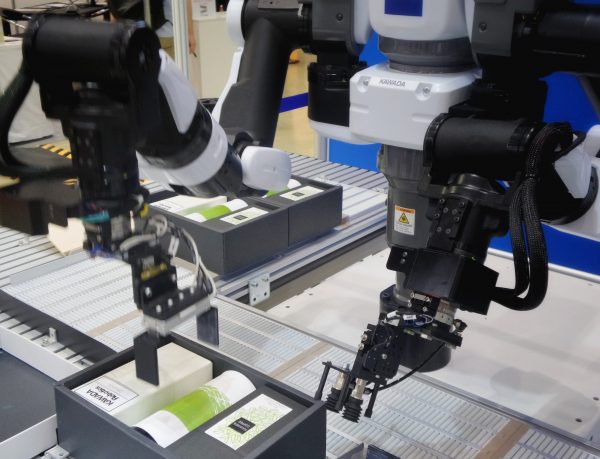
Pace of world evolution in last 50 years has been unprecedented historically. The change is so rapid that the thing we know or we have, become obsolete in just a few months.
Every year, companies like Apple or Samsung are coming out with at least 2 to 3 new versions of smart phones with the latest features.
The latest features seem so amazing that you wish to discard the earlier model no matter how old they were, which is actually just a few months old.
What is surprising is that these smart phones have evolved in last one decade and that to a level where it is hard to imagine life without them.
Similar changes are happening in manufacturing processes. People are experiencing the pace of development in every sphere of their lives.
Three companies are governing the world predominantly today: Amazon, Google and Meta. They are relatively young companies and have come into existence in recent past.
Amazon started in 1994, Google was founded in 1998 and Meta came into existence in 2004. Their trajectory of growth is phenomenal!
In almost two decades or a little over, they have become household names across the world. What’s more, they are evolving every day with new features to serve the world more efficiently.
Artificial Intelligence (AI) or machine learning has a big role to play in this.
In a simple layman terms, AI is an intelligence that is being put into the machines by humans on the basis of the prior experiences, acts, knowledge and ideas.
AI lacks in one thing in comparison to humans and that is the cognitive skills. Surprisingly, with deep neural networks techniques, attempts are being made to achieve human levels or even better in a variety of cognitive tasks like perceptive, predictive, prescriptive and participative tasks.
Technology and Innovation are transforming the economy drastically and we are amid the Fourth Industrial Revolution “The Technological Revolution”.
Going forward, we will witness increased use of Artificial Intelligence and Robotics, which will reshape business models across sectors and geographies.
According to Manpower Group, one of the largest job companies, developments in technology will cause greater automation, lower the headcount or slow growth in hiring in some areas while creating massive number of jobs in other fields.
From IBM Watson replacing attorneys at New York law firms to diagnosing diseases, STEM has evolved as the key area where new jobs have emerged and will continue to do so at a faster rate.
Projections for STEM Occupations:
- According to PriceWaterhouseCoopers (PwC) 75% of fast-growing occupations require STEM skills.
- Employment in STEM occupations grew by 10.5%, or 817,260 jobs, between May 2009 and May 2015, compared with 5.2% net growth in non-STEM occupations, as per the U.S. Bureau of Labor Statistics.
- Below are the latest projections of Employment in STEM occupations and non-STEM Occupations by U.S. Bureau of Labor Statistics.
| Occupation category | Employment, 2019 | Employment, 2029 | Employment change, numeric, 2019-29 | Employment change, 2019-29 | Median annual wage, 2020 |
| Total, all occupations | 162795.6 | 168834.7 | 6039.2 | 3.7% | $41,950 |
| STEM occupations | 9955.1 | 10752.9 | 797.8 | 8% | $89,780 |
| Non-STEM occupations | 152840.5 | 158081.9 | 5241.4 | 3.4% | $40,020 |
Note: Employment Numbers are in thousands.
Science, technology, engineering, and math (STEM) occupations include computer and mathematical, architecture and engineering, and life and physical science occupations, as well as managerial and postsecondary teaching occupations related to these functional areas and sales occupations requiring scientific or technical knowledge at the postsecondary level.
- As per the estimates above, STEM occupations are expected to increase with a much higher percentage in comparison to non-STEM occupations in the next decade.
- Below is further break up of projections of occupations within STEM Occupations:
| Occupation title | Employment 2019 | Employment 2029 | Percentage Change 2019–29 | Change in Numbers 2019–29 |
| STEM occupations | 9,955.10 | 10,752.90 | 8 | 797.8 |
| Computer occupations | 4,633.40 | 5,164.60 | 11.5 | 531.2 |
| Engineers | 1,810.10 | 1,879.10 | 3.8 | 69 |
| Life scientists | 344.8 | 361.4 | 4.8 | 16.6 |
| STEM post secondary teachers | 294.1 | 308.8 | 5 | 14.7 |
| Physical scientists | 276.6 | 291.4 | 5.3 | 14.7 |
| Mathematical science occupations | 211.7 | 267.8 | 26.5 | 56.1 |
Note: Employment Numbers are in thousands.
- Computer occupation is showing the highest number of STEM jobs because of consistent progression in digital sector.
- As a result of increasing participation of consumers and businesses in the digital economy, computer related occupations are expected to grow exponentially in the next 10 years.
- STEM workers command much higher wages and are also less likely to experience joblessness than their non-STEM counterparts.
No wonder why there is so much emphasis on teaching coding in early years! The above data is compelling. The world of work is going through a transition.
For our future generations to prosper and grow, we need to embrace this change and equip them with right knowledge and skills. Knowledge and skill that STEM education can provide.
What we are going to witness is a change in the skill set requirement. That means if we continue to rely on conventional education system, as many as two-thirds of children entering primary school today will not have the required skills to get a job, by the time they leave education.
Special efforts need to be put to transform our education from standard traditional learning to experiential or active learning.
Which Countries Are Seriously Implementing STEM Education?
Leading developed nations across the globe are realising the significance of STEM learning for kids in early years.
They are considering early STEM education crucial for economic development and expect it to be a prime factor to lead the global competition going forward.

United States has made STEM education as a part of their “Course for Success”. US believes that innovation of the nation, its prosperity and security depends on an effective and inclusive STEM education ecosystem.
Immense efforts are being put at an early age to develop interest in fields of science and mathematics through STEM based learning. There are many organizations and universities, supporting and working together to implement STEM education at earliest level possible.
Singapore implemented STEM education in 2014. STEM education in Singapore begins at the preschool level. Objective of introducing the model at such an early stage is to equip children to understand more complex issues later in their lives. Parents are insisting to enroll their kids in STEM education as early as in pre-schools.
Nordic countries, which lead in education, are adopting more hands-on approach to learning and even contemplating a shift to project-based learning approach.
STEM education in India is gradually catching steam too. Though it is still in the initial phases, the education departments and private organizations have started moving up the STEM ladder.
Many schools have implemented stem disciplines at primary level and targeting implementation at pre primary levels too. Goal is to boost critical thinking and creative skills of the kids.
Other nations like UK, Canada, Australia, Japan are all geared up to include STEM education in early years to give children a right mindset since the onset of schooling years.
It has been proven that hands-on active learning boosts academic success rate of kids. It prepares them with the right growth mind-set to adapt and innovate in this rapidly evolving world.
Explore KidPillar STEM e-Books
FAQ
Why is STEM education important for kids?
STEM based learning boosts the curiosity in the kids, making learning process fun, relevant and everlasting. STEM education lays strong foundation for the growth mindset in kids that makes them resilient to accept the changes and hone new skills faster.
For our future generations to prosper and grow, we need to embrace the change and equip them with right knowledge and skills. Knowledge and skill that STEM education can provide.
What age should we introduce STEM based learning to kids ?
STEM based learning for kids can and should start as early as two years of age. Learning pace of the kids in initial 5 years is unprecedented and cannot be the same ever in life again.
Research has demonstrated that young children, while starting their school, already possess enough knowledge of the surrounding world and can think divergently.
Many schools across developed nations have implemented STEM disciplines at primary level and are targeting implementation at pre primary levels too.
How to begin STEM education for kids?
STEM based hands-on learning can be kickstarted at home where kids spend 80% of their waking hours. Involve kids into easy science experiments, coding games and outdoor STEM activities to slip-in STEM learning in a fun way.

